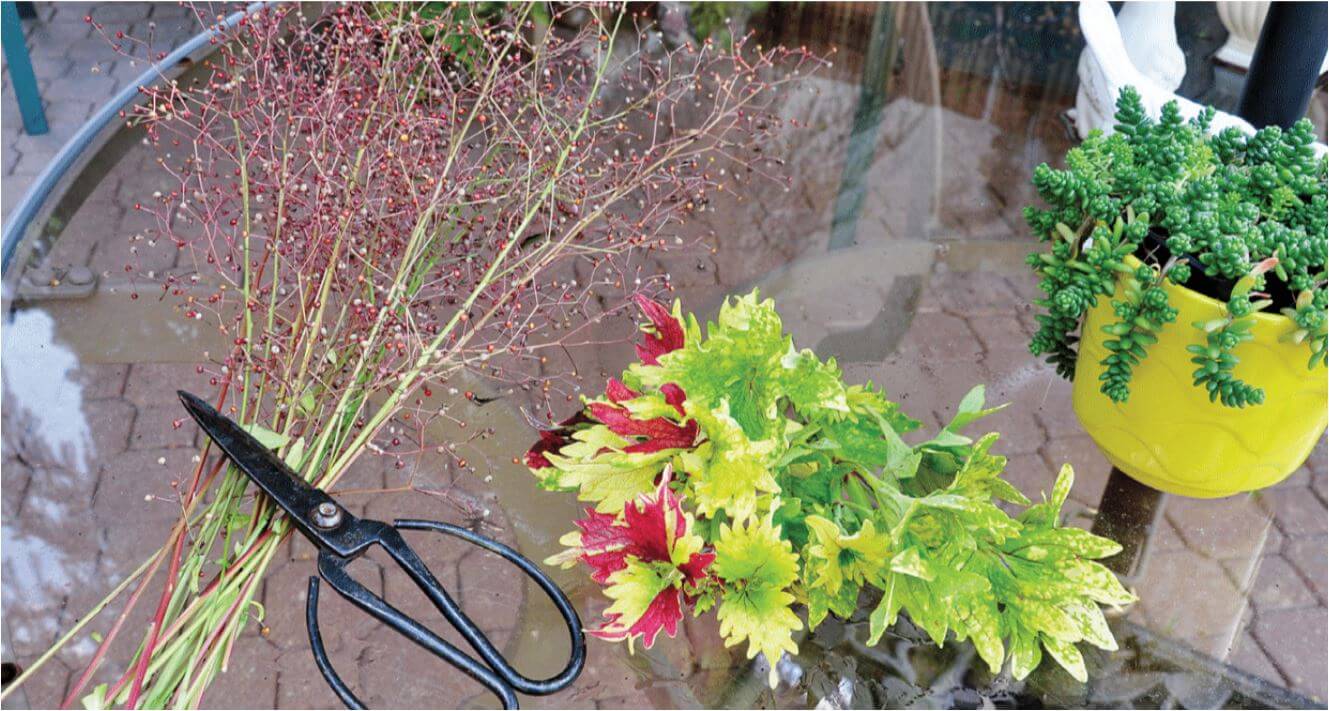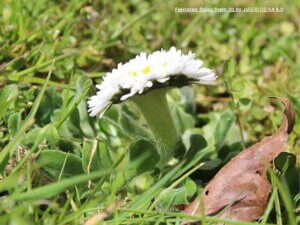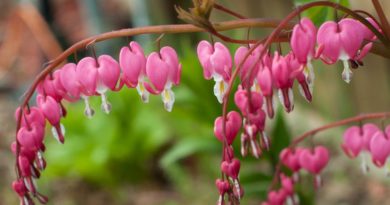Transition Time: Leaving the garden for the indoors
It may feel a bit precipitous when the weather is still good, the sun still warm and golden, and flowers still blooming to be getting ready for fall. But early September is the transition time, when we begin to leave our garden world for the protected life of the indoors. Here are some ideas about how we can make that move as painless as possible while keeping some of the memories of the garden with us throughout the winter.
Bring in Bouquets
Cut bouquets of plants that dry well and that will last you all winter long. Don’t just let your glorious grasses die: turn them into memorials of summer in huge vases that can greet people near the doorway, decorate a bath-room or take centre stage in a dull corner.
Other wonderful overwinter bouquets in include:
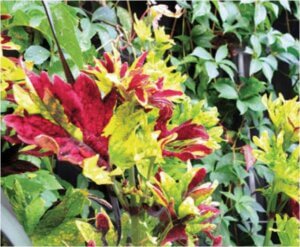
Eucalyptus. The blue-green leaves last many months and can add a piquant fragrance to the house.
Talinum. If you haven’t planted this lime-leafed beauty, make a note for next year. In addition to its luminous leaves, it puts sprays of tiny, airy flowers that will cling to the stem indoors all through the winter months.
Russian sage. Gorgeous Russian sage(Perovskia) will last a few weeks and help make that outdoor to indoor transition easier.
Ornamental millet. The bronze leaves and pretty seed heads make a very nice feature in a dried flower arrangement.
Hydrangeas. Dry these beauties in a vase of water indirect sunlight with good air circulation. Hydrangeas keep their colour better if dried in this way.
Take long cuttings.
You can take long soft stem cuttings from many plants and put them in water where they will root. It really doesn’t matter if you never get a chance to pot them up. They will stay fresh and beautiful in a glass of water for many weeks or even months. The plants listed here can all be safely rooted in water.
Coleus.
Coleus today is so diverse and beautiful that it is hard to let it die off in fall. Cut some of the best branches, but instead of the top six inches recommended in years gone by, cut a few whole stems to put in water. Strip off bottom leaves to avoid immersing them. The stems will root quickly and as long as you keep the water fresh, they will reward you with beautiful colour. You can pot them up or not, anytime you like, or better still take cuttings of the cuttings and root them.
Plectranthus.
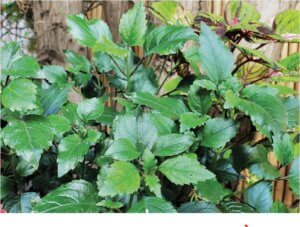
Both the ivy-like and more upright form of the many types of plectranthus (Swedish ivy to some) do very well as cuttings and they are happy in fairly deep shade. The dark green upright, Plectranthus eclonii is wonderful in a vase with some of the variegated trailing varieties falling over the sides.
English or other ivy.
Ivy roots easily in water. A bowlful of ivy cuttings can make a spectacular dining table centre piece.
Take short cuttings for propagation
If you are serious about propagating the plants for use next year, take shorter cuttings and plan to pot them up when their roots emerge. The plants listed here will root in water but many garden experts advise rooting them with rooting hormones in wet sand, perlite or peat moss and then planting them on.
Rex begonia.
Rex begonia adapts happily to the indoors, but these plants can very soon get too big to transport. Instead of bringing in a whole plant, take cuttings and pot them up in decorative containers for the winter.
Tender succulents.
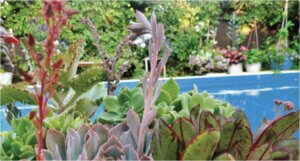
Tender succulents will overwinter success-fully and are readily propagated by simply sticking a cutting directly into the potting medium. They do need lots of light though, so be sure to put them into a sunny, south-facing window. They won’t need frequent watering. Let them dry out after they are well-rooted and then water only when their soil is completely dry. Otherwise you’ll have rot problems occurring at stem ends.
Impatiens.
You may have fallen in love with your double or other impatiens and want them to keep rewarding you all winter long. These cuttings will do just fine rooted in water. MarkCullen warns that downy mildew, (Plasmopara obducens) is killing off Impatiens walleriana, the common type of impatiens, so you may want to start keeping cuttings to preserve the stock. Be careful not to buy infected stock at nurseries. The disease is hardy to zone 3.
Fuchsia.
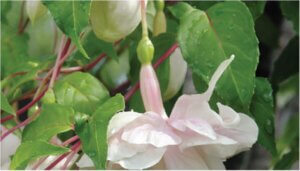
Fuchsias are perennials that grow into great shrubberies in more moderate latitudes, and you can bring them indoors. However, they are known to be a great refuge for creepy crawlies that you probably don’t want in your house. The answer it to take cuttings that can be carefully washed to remove any insect eggs or passengers and start fresh. Take just the top three to four inches of soft tissue of the branches and remove excess foliage, leaving only three to five leaves at the top of the cutting. You can root in either water or with a rooting hormone and medium.
Bring in some of the treasured plants.
You can’t bring all your plants indoors, so unless you have a four-season greenhouse, don’t even try. But there are some treasures that we cannot bear to give up. Choose carefully and bring them indoors for the winter.
Mandevilla vine.

Mandevilla has become almost a staple in many gardens over the past few years. They not only do well outdoors, but they are versatile houseplants. Cut the plant back. You can take off as little as one-third or be more drastic and cut back to within four to five inches of the main stems. Put the plant in a sunny window. Reduce watering and don’t worry if the leaves turn yellow and fall off. The plant is having a much needed rest and will put out new leaves when it feels it’s time. Don’t fertilize until the days get back to 12 hours of sunlight next February.
Tropical hibiscus.
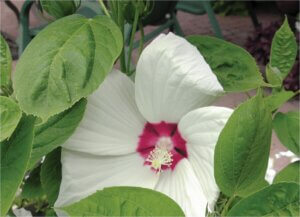
The same instructions apply to hibiscus as were just given for mandevilla. It might, however, be much harder to get this tropical to rebloom inside after its first year.
Ferns.
Potted ferns need good light but no direct sunlight. Don’t over water, but don’t let them dry out, either. Misting is appreciated or set them on a bed of stones and water. If fronds brown, prune them off. Don’t fertilize until the days reach 12 hours plus.
Herbs
Basil, Chives, Parsley, Lemon Grass, Rosemary
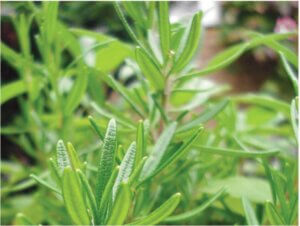
The easiest plant to overwinter is chives which are very hardy and determined little plants. Mint is also easy to grow.
The hardest plant to overwinter in our highly heated Canadian homes is rosemary because it needs so much light. Keep it in your sunniest window, don’t overwater but don’t let it completely dry out and snip new growth for your cooking pot. I can’t over-emphasize the importance of plenty of light.
Start annual and biennial herbs such as basil and parsley from fresh seed in fall.
Lemongrass can be started in water from a live store-bought plant.
(Originally published on Fall2013AB)

